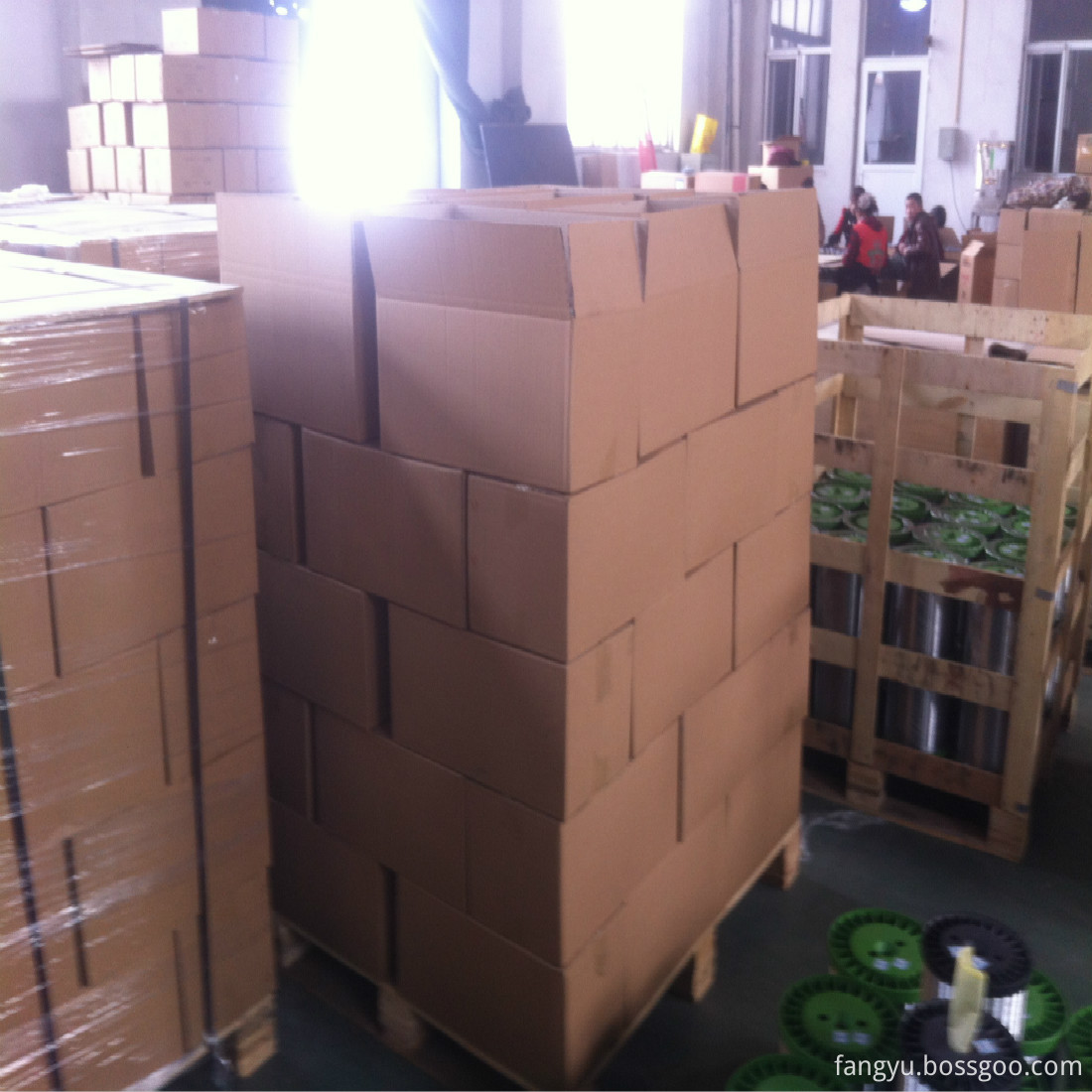The osmotic cyanidation production technology operation process includes:
1. The ore was charged   The basic requirement for loading is that the ore is evenly distributed in the percolation tank, so that the particle size distribution is consistent with the degree of porosity, so as to ensure that the immersion liquid can percolate well through the material layer. During the charging, the separation of the ore particles should be prevented and gaps and holes should be formed in the material layer; the wall of the near tank should be dense to prevent the solution from flowing along the wall of the tank.
Loading can be divided into dry and wet methods.
Dry loading is suitable for ore with a moisture content below 20% . It can be loaded manually or mechanically. The artificially loaded sand layer is loose and uniform, but it is labor intensive. The mechanically loaded sand layer is loose and has a good material layer. The disadvantage of dry filling is that the dry ore particles are prone to separation and make the charging uneven. The advantage is that there is a lot of air in the charging layer, which is beneficial to increase the leaching rate of gold .
The hydraulic installation is to dilute the ore with water, and use a sand pump to lift or leaching into the tank along the trough. In the tank, the ore falls and the excess water and mud flow out through the overflow channel. The disadvantage of hydraulic loading is that the air in the ore is insufficient, so the dissolution rate during the leaching process is reduced and the moisture in the tank is increased. The advantage is that the ore is substantially uniform in particle size and porosity, and the leachate can uniformly permeate the ore layer.
In the case of loading, a base such as lime can be loaded into the tank with the ore.
2. Percolation leaching of cyanide solution   There are two directions for the cyanide solution to flow in the ore: one is bottom-up and the other is top-down. The former relies on power to prevent the mud from clogging the filter bottom, but because of the need for power equipment, the power consumption is increased. Therefore, the latter method is often used.
The distance that the cyanide solution rises or falls in the leaching tank ore per unit time is called the percolation rate. When ships as well percolation speed was maintained at 50 to 70 mm / but below
The concentration of cyanide leached by percolation is generally 0.03 to 0.2% , and the concentration is high at the initial stage of leaching, and then gradually decreases. The total amount of cyanide solution passing through the ore layer is 0.8 to 2 times the amount of dry ore. The consumption of cyanide depends on the nature of the ore being treated, usually 0.25 to 0.
The percolation leaching is usually carried out in a batch mode. First, the first concentrated gold-containing solution in the leaching tank is drained, and the gold is recovered, and then allowed to stand for 6 to 12 hours to be saturated with the inhaled air. Subsequently, a medium concentration cyanide solution is added to the tank, and after the gold-containing solution is discharged, the cyanide tailings in the tank are washed with water. The leaching of ore from each batch of cyanide solution takes 6 to 12 hours.
It is also possible to use a continuous process in which the cyanide solution is continuously injected into the tank and the leached gold-containing solution is continuously discharged. The level of the cyanide solution in the tank is often slightly higher than the upper surface of the ore.
The extraction rate of the batch method is about 25% higher than that of the continuous method gold. This is because the ore is intermittently saturated with air and can supply the oxygen required for leaching.
The diafiltration cyanide operation time depends on the nature of the ore, the percolation rate, the loading and unloading time, and the amount of cyanide solution. The total processing time of a batch of ore is generally 4 to 8 days. When it contains slime, it sometimes lasts for 10 to 14 days.
3. Cyanide tailings discharge   The cyanide tailings can be discharged by dry or wet methods. There are several methods for dry unloading: when there is a working door at the bottom of the leaching tank, a pipe can be used to make a port at the top of the tank, and the tailings are dropped along the port into the trolley below the tank; The tailings are excavated and loaded by hand or by loader.
The hydraulic method uses high-pressure water to wash the cyanide tailings. The tailings slurry flows into the tailings trench along the pre-installed channels, and then dilutes with water or flows into the tailings pond with a sand pump. The method consumes 3 to 6 m 3 / ton of water and the water pressure is 1.5 to 3
Stainless Steel Wire:
1.Material: stainless steel
2.Type: SS410,SS430,SS304
3.Diameter: 0.13mm
4.Tensile strength: 300-1100N/ mm2
5.Elongation: 3-25%
6.Application: making cleaning ball,spiral scourer
7.Feature: not rust
8.Surface: bright
| Size(mm) | Tensile Strength(n/ mm2) | Elongation(%) | Packaging |
| 0.13mm-0.70mm | 300-1100 | 3-25 |
In plastic spool plus carton box on pallet Packing weight:one metric ton per pallet |
| 0.70mm-1.00mm | 300-1100 | >35 |
In plastic spool plus carton box on pallet, or in coil on pallet Packing weight:one metric ton per pallet |
| 1.00mm-4.00mm | 300-1100 | >35 |
In coil on pallet Packing weight:one metric ton per pallet |


Stainless Steel Wire
Stainless Steel Wire,410 Stainless Steel Wire,Stainless Steel Wire For Cleaning Scrubber
Hebei Fangyu Trade Co., Ltd. , https://www.filtersmaterial.com